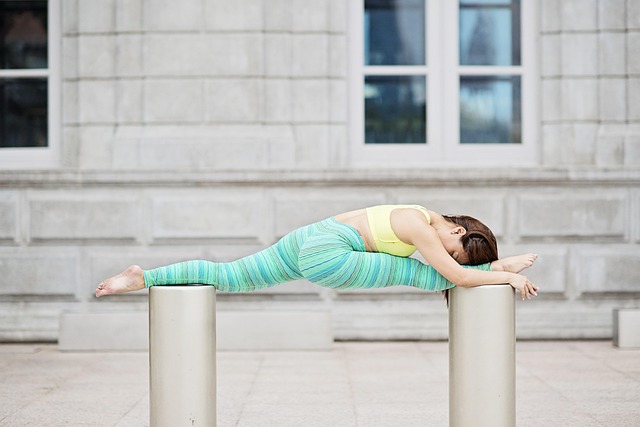Enhancing Mobility: The Impact of Proprioceptive Training on Fitness and Health
When we talk about fitness and health, we often focus on strength, endurance, and flexibility. However, one crucial component that is often overlooked is proprioception—the body’s ability to sense its position in space. Proprioceptive training is a pivotal strategy that can significantly enhance one’s mobility, ultimately leading to improved physical performance and a decreased risk of injury.
Imagine a tightrope walker effortlessly balancing at great heights. Their secret lies in proprioception—an intuitive awareness of their body and movements. Just like a tightrope walker, we can benefit immensely from proprioceptive training. Integrating exercises that enhance this crucial skill can lead to a more agile and coordinated body, making everyday activities not just easier, but more efficient and enjoyable.
For those who engage in regular fitness training, proprioceptive training can serve as a game-changer. It involves activities that challenge the body’s balance and spatial awareness, such as balance boards, yoga, or even simple one-legged stands. The beauty of this training methodology is its universality; it can be beneficial for athletes seeking to elevate their game, as well as for older adults aiming to maintain their independence and prevent falls. Through consistent practice, proprioceptive training strengthens not only the muscles, but also the neural pathways that enable us to move with confidence.
Moreover, incorporating proprioceptive elements into your workout routine can enhance your overall health. It connects your brain and body, promoting better communication between the two. This leads to improved motor skills, coordination, and reaction times, all of which are vital for daily activities, from navigating stairs to participating in your favorite sports.
The benefits transcend physical enhancements; proprioceptive training can positively influence mental health as well. Engaging in activities that require balance and body-control can foster mindfulness and focus. As you tune into your movements, you may find that your stress levels decrease and your emotional well-being improves. This holistic approach promotes not just a fit body but a healthy mind, creating a more comprehensive fitness experience.
Whether you’re new to fitness or a seasoned athlete, incorporating proprioceptive training into your routine opens doors to better mobility. Start by integrating simple balance exercises into your workouts, and gradually increase the complexity as your skills improve. You may also consider working with a trainer who is knowledgeable in proprioceptive techniques to tailor a program that meets your specific needs.
As you strive for a healthier lifestyle, remember that enhancing your proprioceptive skills can pave the way to a more mobile, agile, and resilient body. So, embrace the journey of proprioceptive training and discover a new realm of possibilities in your fitness and health journey!




